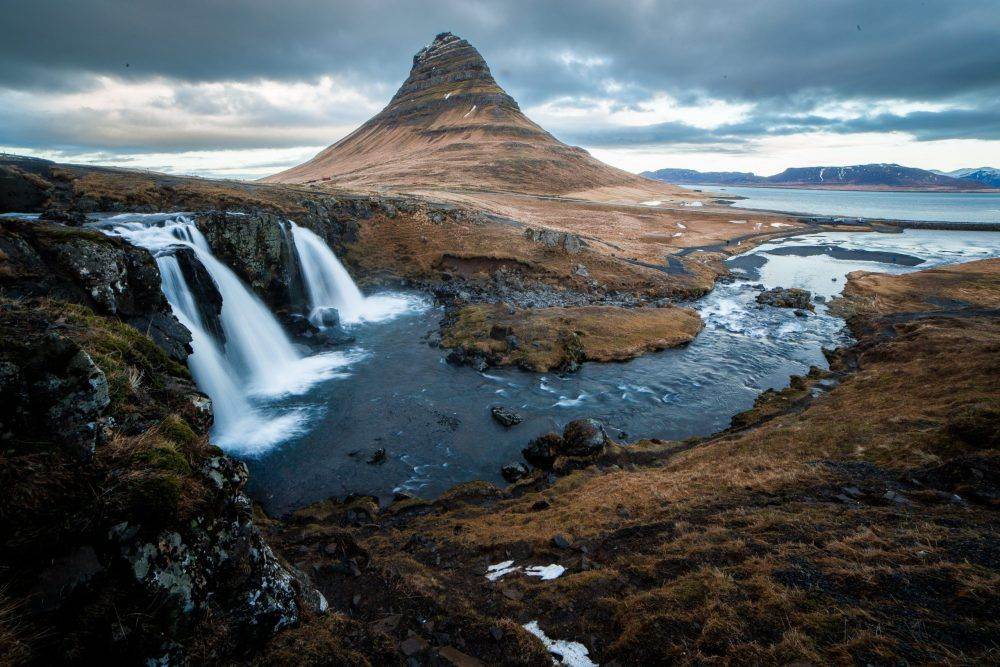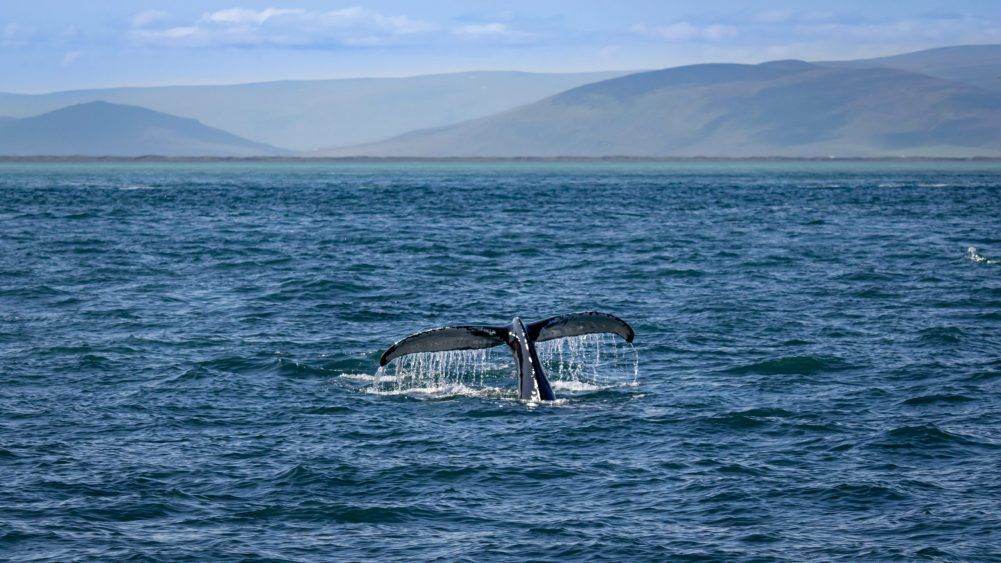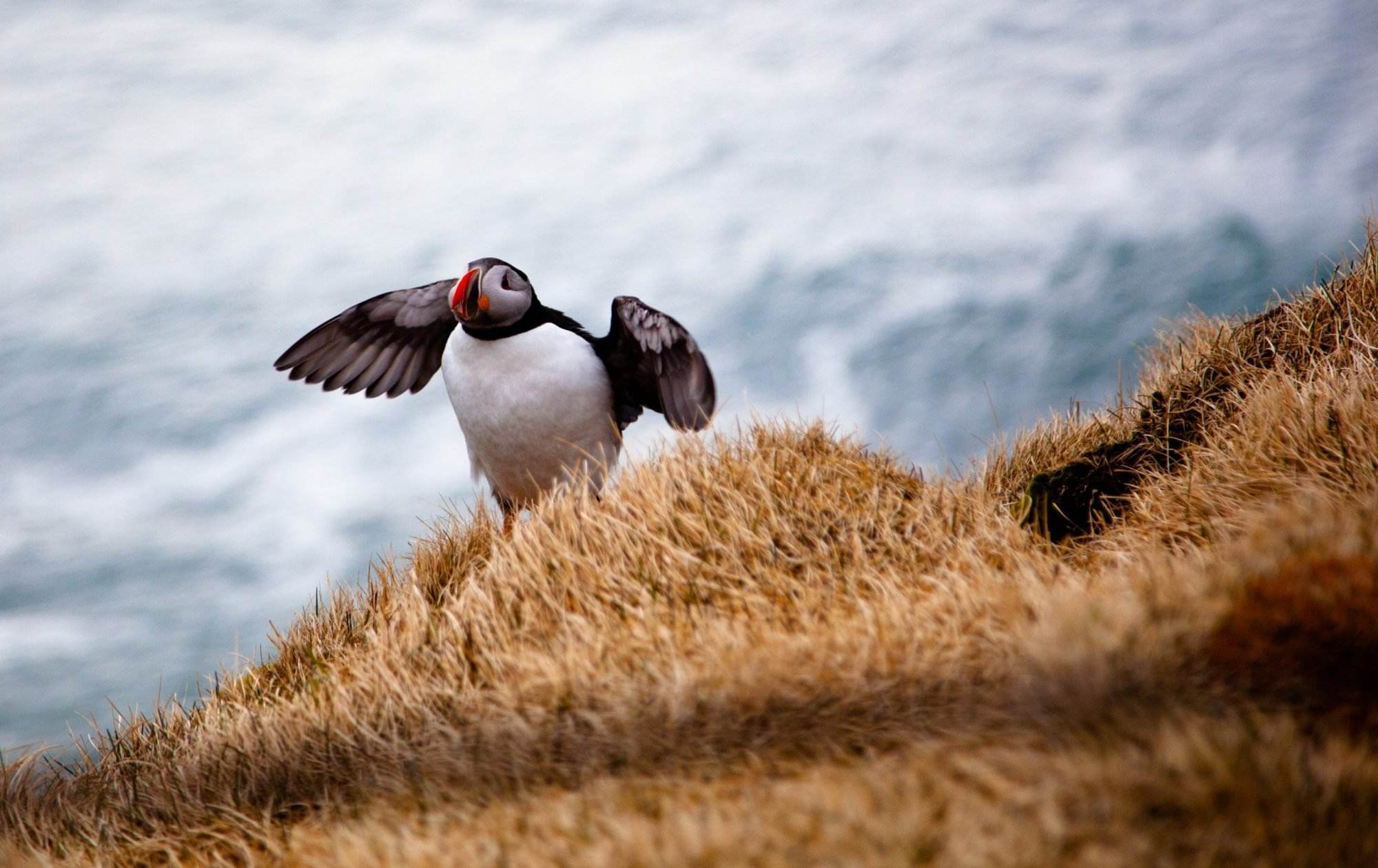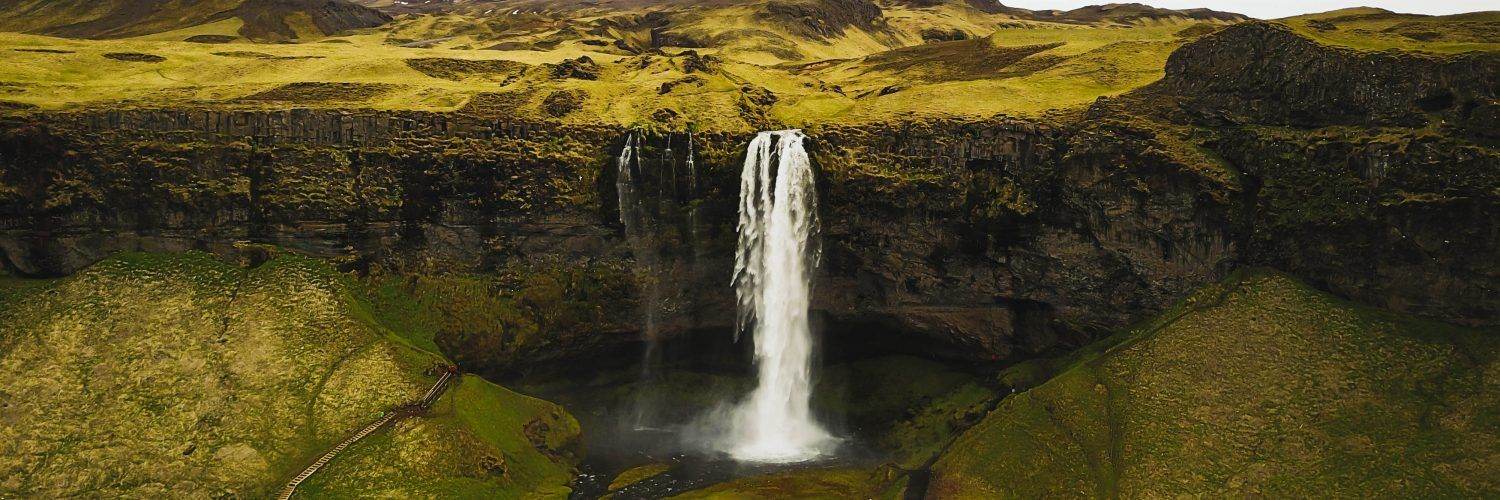Iceland is best experienced when you visit the country during the best travel time. But when exactly is that? On this page you can tell everything about the best travel time for Iceland. This way you can be sure that everything is open, you can see the whales, it is not too busy and the weather is good enough.

Thanks to its location on the Atlantic Ocean and near the Arctic Circle, Iceland has a cold maritime climate. Cool summers and mild winters are characteristic of this climate. This is thanks to the gulf stream, which brings warm temperatures. The warm Irminger stream also makes it warmer on the south coast compared to other regions. On the north and southwest coast, the weather is fresher due to the East Greenland Current. If you travel to Iceland in the summer, you can look forward to temperatures between 12 and 15 degrees Celsius.
Do you want to spot whales? This is possible in May, June, August and September.
In winter they are between 0 and 3 degrees Celsius. In general it is warmer on the coast than in the interior. Regarding rainfall, there are also small regional differences. In the region of the largest glacier in Iceland, Vatnajökull, the chance of precipitation is highest. In the south the amount of precipitation decreases and in the north on the plateau it rains least. The beginning of the summer months are the wettest months of the year.

July and August are Iceland’s peak season
July and August are Iceland’s peak season. The best time for many to go to Iceland. In these summer months, therefore, most travelers come to Iceland, because the temperature is the most pleasant (on average 13 to 15 degrees Celsius) and it does not rain much (max. 63 mm). Enough whales swim in the bays of Húsavík and Reykjavík. During this period you are guaranteed to spot whales, porpoises, pilot whales and perhaps even killer whales. Puffins can be seen until mid-August.
Best travel time Iceland for rest, adventure and Northern Lights: the mid-season
Do you want to avoid the tourist flow and can you also travel outside the summer holidays? Then do that anyway. In the mid-season, which is late May, June, late August and early September, you will encounter fewer travelers and the prices are a lot lower. And that while the temperature is still pleasant (between 11 and 13 degrees Celsius) and all nature reserves are accessible. In some places you will find snow which makes it more difficult to pass. But they can still be reached. During this period it is not possible to visit the Askja Highlands.

The best time for nature in Iceland
In summer, Iceland’s nature is at its best. Many plants and flowers are in bloom and the spectacular sights of Iceland such as geysers, glaciers and waterfalls are easily accessible. The end of June is ideal for bird watchers.
Iceland is in bloom in summer, animals are everywhere and around midnight you can enjoy the magical play of colors, because in June and July it remains light almost day and night. The temperature during the day fluctuates between 10 and 20 degrees with an average of 13 degrees. Always count on some rain and wind, even in the summer months.
If you are a fan of snowy landscapes, frozen waterfalls and winter sports then winter is of course the best time for you to go to Iceland. Cross-country skiing is also an option!
Last Updated on June 17, 2020




